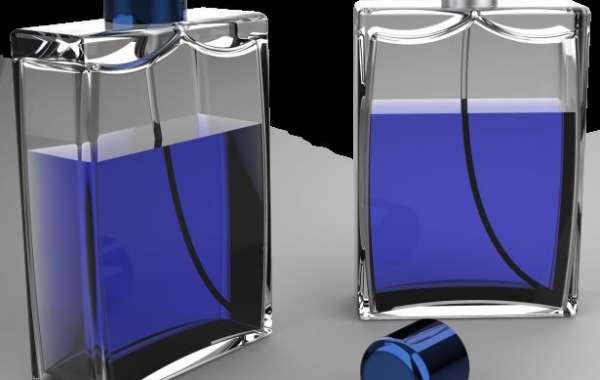If you have been prescribed Suboxone as part of a medication-based program for opioid use disorder (OUD), it is important that you discuss your plan to detox from the drug with your doctor. Though the drug is designed to support your recovery from opioid addiction by reducing the painful symptoms of withdrawal and eliminating drug cravings, it can become addictive in its own right and should be withdrawn slowly under medical supervision.
Generally, doctors will recommend that patients attend inpatient Suboxone Detox at a treatment facility. This ensures that you will receive safe and comfortable detox care in a drug-free environment, surrounded by addiction professionals who can provide help and support as needed. It also ensures that your withdrawal from the drug is done in a safe, gradual way that will help you avoid experiencing some of the more unpleasant symptoms of detox, such as nausea and sweating.
The components of Suboxone act as partial opioid agonists, meaning that they block the brain’s opiate receptors to reduce opioid drug effects. However, because they do not fully inhibit access to these receptors, they can also cause the uncomfortable withdrawal symptoms that many people experience when they attempt to quit taking the drug. As a result, most people who struggle with an addiction to prescription Suboxone will need to go through a process known as detox, or weaning from the medication.
This can be done in a number of ways. Some people will choose to detox at home. While this is rarely physically dangerous, it can be mentally taxing and can increase the likelihood of relapse. This is particularly true if you are struggling with psychological symptoms of withdrawal, such as anxiety and depression or returning drug cravings.
One of the most common methods for detoxing from Suboxone is to participate in an OUD support group. These groups are often run by trained recovery specialists and can be a great source of support and encouragement during the withdrawal process. Many of the members will have dealt with similar or identical withdrawal symptoms and can offer advice, friendship, and moral support that can be helpful during this difficult time.
It is also important to eat healthily during Suboxone withdrawal. While it may be tempting to skip meals, eating regularly can help ease some of the more unpleasant withdrawal symptoms, such as nausea and diarrhea. Additionally, it is crucial to stay hydrated during this time as the physical symptoms of withdrawal will likely cause you to lose a lot of water through vomiting and sweating.
Finally, a good sleep routine can help alleviate some of the more unpleasant withdrawal symptoms. Getting enough rest can help you feel more refreshed during the day and can also help with some of the insomnia that is common during the early stages of withdrawal. If you are struggling to get enough rest, there are a number of prescription and over-the-counter medications that can help with this symptom.








